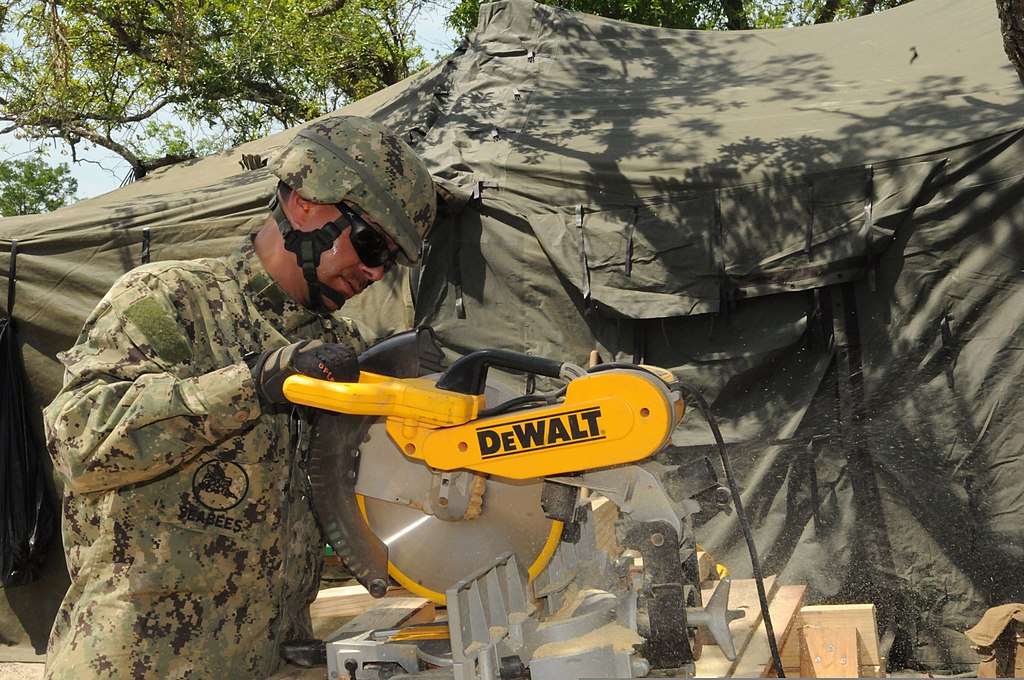People shopping for power tools will encounter a wide range of price points for what appears to be the same types of tools. Many manufacturing brands compete in the power tool market. Some have earned reputations for reliability over decades of production, and their prices reflect this. Other brands are less prestigious but sell their products for less.
The fact is that price does matter on power tools. Professional-grade brands demand higher prices due to a number of factors. Contractors use their tools day in and day out. They require hundreds of hours of performance or more during a year from each tool. Individuals working on projects at home simply do not use their tools that intensively.
This does not mean that consumers do not require high-quality tools. They may choose to invest in the best if they wish, but, before opening their wallets, it is good to know what makes premium power tools worth the money.
Operational Efficiency
Engineers for the top tool brands for contractors refine tool designs so that their motors transfer more power to the task. Design and motor quality work together to yield maximum output. A high-quality brand compared to a cheap knockoff brand may deliver as much as 93% of energy to the blade or bit whereas a lesser brand might only achieve 79% efficiency. This happens even when both tools use the same number of volts and amps.
The higher efficiency tool is superior because it does more work. The user does not have to push and wrangle with the tool to get the required end result. A tool that effectively focuses its power on the task instead of wasting it gains a good reputation. Tools with good reputations have a higher value in the used tool market because people know that they will work well.
Materials
Sometimes the difference between a high-end power tool and a budget tool is palpable. You can feel with your hands that one is better. Top brands research which materials can deliver the best performance and greatest durability.
However, material quality is not always easy to see or feel. Two tools with stainless steel housings might look mostly the same, but there are dozens of grades of stainless steel. A cheaper steel choice would have less purity and could become corroded as time passes. If corrosion creeps inside the tool, then the moving parts may encounter increased friction and wear out quickly.
Inside power tools, small motors are doing the work, and the quality of materials within a motor’s components matter a great deal. A durable, corrosion-resistant motor can keep going for years and years whereas a motor made from cheaper materials will fail, sometimes rapidly.
Superior Engineering
A good tool has a design that fits comfortably in the hand. Users feel like they have good control over the power tool. They can hold it stable and perform functions precisely without excessive vibration. This characteristic can reduce errors caused by a tool skipping or jumping off of a work surface. Premium power tools may also have more settings that let you pick the best speed for the task at hand.
Safety Considerations
Ergonomic comfort and adjustable power settings improve safety for users. Being able to maintain a firm grip reduces the likelihood of cutting yourself. Additionally, a well-engineered tool might not strain you as much as a cheap tool during prolonged use.
The strain of trying to keep a tool steady over and over can leave you with sore hands and wrists. This is a major concern at the professional level because the workers have to operate the tools day after day. Although individuals selecting tools for home use may not have the same concerns about prolonged strain, they can still appreciate a tool that is comfortable to work with.


